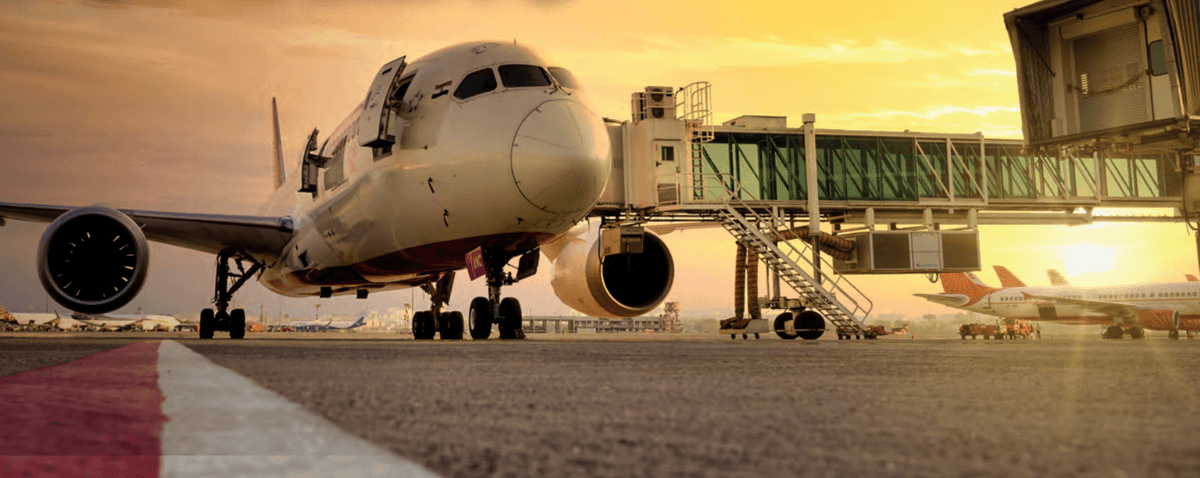Continuous trading tariff negotiations between India and the United States affect the air freight sector, which serves as an important link in bilateral trade. With India’s non-agricultural exports to US worth US $ 81.16 billion in 2022, Airfreight plays an important role in ensuring the efficient movement of goods.
However, the developing tariff structures and regulatory shifts offer new challenges that can affect trade volumes, logistical planning and operational efficiency. Adjustments and air freight flow recent tariff adjustments on key export categories have introduced volatility in freight movement, which requires air freight operators to adjust their logistics strategies. The most favorable nation (MFN) applied rates for non-agricultural products stood an average of 13.5 percent in 2023, reflecting the complexity of India’s trade commitments under the World Trade Organization (WTO).
Changes in tariff structures, especially in high value sectors, such as electronics, machinery and textiles, float fluctuations in cargo volumes, as exporters seek cost-effective shipping solutions. For air freight operators, these fluctuations require adjustments in capacity planning, route optimization and supply chain management. Tariff increases on high value goods such as mechanical and electronic equipment may necessitate a shift in freight allocation, which may lead to greater demand for alternative routes or intermodal solutions to reduce costs.
Regulatory challenges
One of the most urgent concern for India’s air freight industry in the context of the US trade dispute is effectiveness of customs clearance. Initiatives such as faceless assessment and single window clearance have improved the procedural transparency, but the increasing investigation into tariff classifications and service structures has led to longer processing times for certain shipping. This is especially important for time-sensitive cargo such as pharmaceutical products and perishable goods, which depend on the fastest customs procedures. Aviation logistics professionals emphasize that continuing modernization of customs processes will be crucial to maintaining India’s trading competitiveness.
Automation of tariff assessments and the implementation of risk -based inspections can help to streamline the cleanup times and improve the overall efficiency at important air freight. Investment in digital infrastructure at major airports such as Delhi, Mumbai and Bengaluru will be the key to addressing these operational challenges and ensure the smooth flow of goods. Despite continuing trading tensions, air freight remains a strategic enabler of Indian US trade, which supports a significant part of India’s exports to the US, especially in high value and time -sensitive categories.
With the shipments of the US, which accounts for nearly 38 percent of India’s total non-agricultural air freight exports, there is a strong push for government-led policy reforms to ensure continuity continuity amid the developing tariff structures. The strengthening of freight infrastructure by increasing the dedicated cargo ship capacity and integrating multimodal connectivity between air and sea cargo networks is considered a priority. In addition, the development of tariff mitigation strategies, such as preferred trade agreements (PTAs) or revised duty structures, is being investigated to minimize the costs of the exporters.
Promoting technology-driven logistics solutions, including AI-powered Customs Classification Systems and Blockchainenabled Trading Documentation, is also considered to improve transparency and reduce administrative issues. These measures are expected to improve the effectiveness of the supply chain and position the air freight sector of India as a more resilient player in global trade.
Future directions
While India and the US continue with trade negotiations, the air freight industry must remain agile and respond to regulatory shifts. Strengthening trading facilitation measures, improving customs efficiency and promoting strategic partnerships between logistics suppliers, exporters and government agencies will be critical to reducing the impact of tariff fluctuations. The Mission 2030 of the Indian government, which aims to expand air freight handling capacity to 10 million tonnes, reflects the long -term vision for the sector. However, achieving this target will require a comprehensive approach, including regulatory alignment, investment in digitalization and the expansion of infrastructure to maintain growth.


